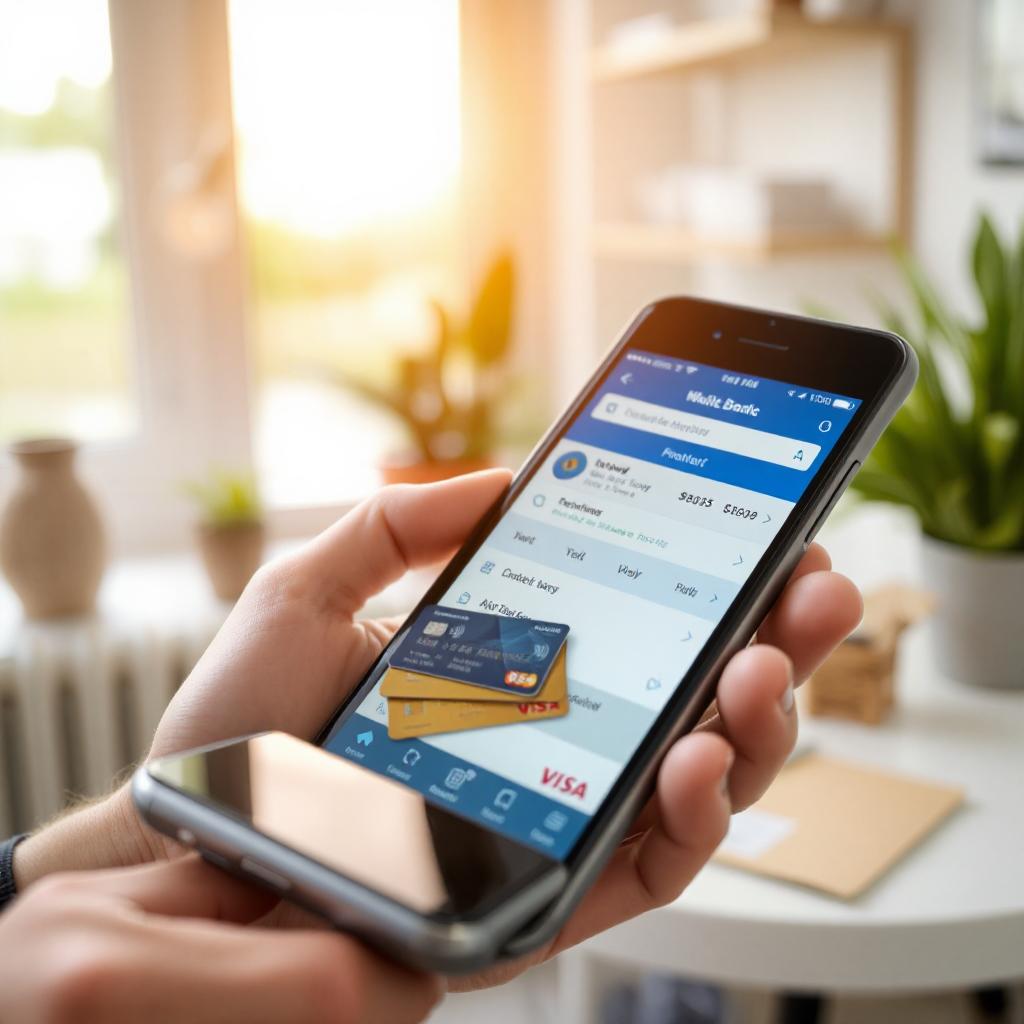In today’s digital age, mobile banking has become an indispensable tool for managing finances. However, the convenience of mobile banking also comes with increased security risks. Cybercriminals are constantly devising new tactics to exploit vulnerabilities and steal sensitive financial information. To protect yourself from these threats, it’s essential to adopt best practices for securing your mobile banking experience.
Key Security Tips for Mobile Banking
- Strong Passwords and Biometrics:
- Complex Passwords: Create strong, unique passwords for your mobile banking app. Avoid using easily guessable information like birthdays or pet names.
- Biometric Authentication: Utilize biometric authentication methods like fingerprint or facial recognition to add an extra layer of security.
- Secure Your Device:
- Operating System Updates: Keep your device’s operating system and mobile banking app up to date with the latest security patches.
- Reliable Antivirus Software: Use a reputable antivirus app to protect your device from malware and other threats.
- Secure Wi-Fi Networks: Avoid using public Wi-Fi networks for mobile banking transactions. If you must use public Wi-Fi, ensure you have a strong VPN connection.
- Beware of Phishing Attacks:
- Verify the Sender: Be cautious of unsolicited emails, SMS messages, or phone calls that claim to be from your bank.
- Avoid Clicking Suspicious Links: Never click on links or download attachments from unknown or suspicious sources.
- Directly Access Your Bank’s Website: Always access your bank’s website directly through your browser, rather than clicking on links in emails or messages.
- Protect Your Personal Information:
- Limit App Permissions: Grant your mobile banking app only the necessary permissions to function properly.
- Avoid Sharing Sensitive Information: Never share your PIN, password, or one-time passwords (OTPs) with anyone, including bank representatives.
- Be Wary of Social Engineering Attacks: Cybercriminals may use social engineering tactics to trick you into revealing sensitive information.
- Use Secure Mobile Banking Apps:
- Official Apps: Download your bank’s official mobile banking app from reputable app stores to avoid counterfeit apps.
- App Updates: Keep your mobile banking app updated to benefit from the latest security features.
By following these best practices, you can significantly reduce the risk of falling victim to cyberattacks and protect your financial information. Stay vigilant, be informed, and take proactive steps to safeguard your mobile banking experience.
In today’s digital age, mobile banking offers unparalleled convenience. However, it’s crucial to prioritize security. By following best practices like using strong passwords, avoiding phishing attacks, and keeping your device and apps updated, you can safeguard your financial information and enjoy a secure mobile banking experience.




